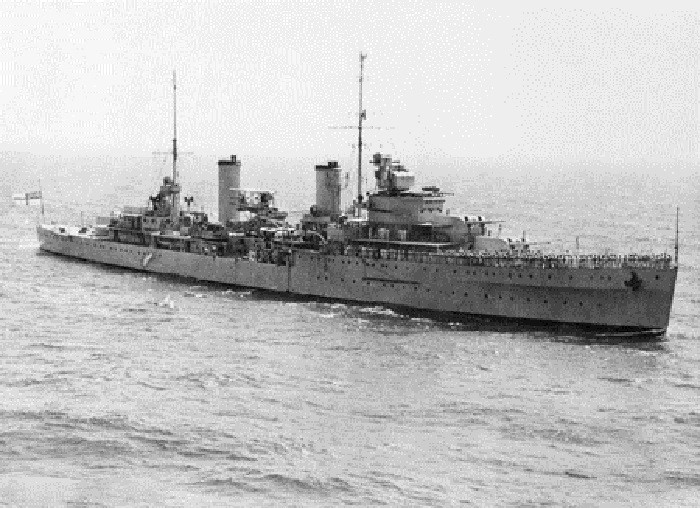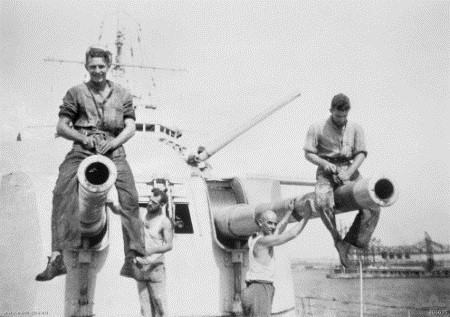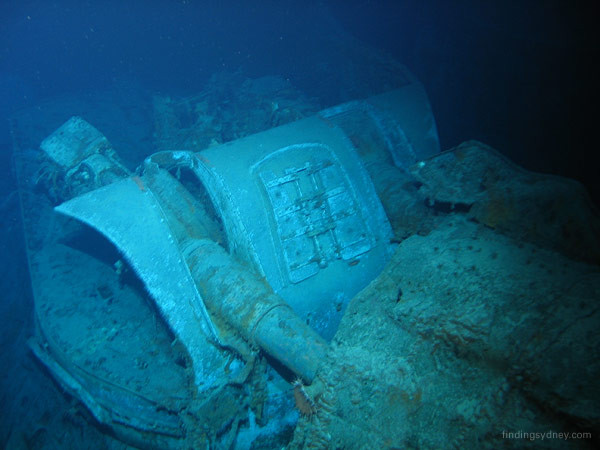Malaysia Airlines MH370: Missing Aircraft Riddle Revives Memories of Australia's Greatest Maritime Mystery

The unprecedented search for Malaysia Airlines MH370 has brought back memories of the greatest maritime disaster off the coast of Western Australia.
As the hunt for the missing Boeing 777 resumes in the southern Indian Ocean, it is hoped the 122 "potential objects" spotted around 2,557km from Perth will recover wreckage from the airliner.
Yet the same waters harbour the secret behind a mystery which spanned 66 years - the fate of the light cruiser HMAS Sydney. Of the 645 crew members on board the Royal Australian Navy ship, only one body was ever recovered - washed ashore on a life raft on Christmas Island.
On 19th November 1941, the HMAS Sydney was lost following a battle with the German raider HSK Kormoran in the Indian Ocean. The alarm was raised after the ship failed to arrive at port as expected and radio messages asking for a status report did not receive a response. The radio silence - not dissimilar to the silence of MH370 - was the main clue to the fate of the ship.

The loss of the cruiser along with all hands - compared to the survival of most of the German crew - has led to controversy.
Some have alleged that the German commander used illegal ruses to lure Sydney into range and that a Japanese submarine was involved.
After warnings were issued about the ship, the Naval Board ordered an air search the next morning. Six RAAF Hudson bombers set out from the Pearce air base and flew along the expected path of the Sydney for over 400km. The same aircraft are being used in the hunt for MH370.
The ship was not spotted, yet a message was received that German survivors had been pulled from a raft by the tanker SS Trocas. According to the men, they had been in combat with an Australian cruiser.
The following day, the search continued as seven aircraft were deployed along the stretch of the Indian Ocean. Ships were diverted to the area - including PAN Europe, Saidja, Herstein and HMAS Heros. Although the Sydney was not recovered, more German survivors were found. Finally, after fruitless searching, the mission was called off on the evening of 29th November.

Interviews with the German survivors had revealed Sydney had suffered a terrible fate. According to the men, who were the remainder of the Kormoran, their ship had been sunk by Sydney's gunfire.
The faintly burning outline of the Australian cruiser on the horizon was the last the men reportedly saw of Sydney.
Of the seven-day search, the only item recovered was a single life raft, punctured with shrapnel holes. It was pulled from the sea by Heros and is kept in the Australian War Memorial in Canberra - yet it is unknown as to whether it came from the dying throes of the ship, or if it blew overboard earlier.
Three months after HMAS Sydney sunk, one body was recovered. The corpse was spotted in a raft floating off Flying Fish Cove on Christmas Island - and his name is still unknown. After being checked for identity, he was buried in an old European cemetery; the records of which were lost when the island was captured by the Japanese.
Yet in 2006, an expedition to find the body located the remains - and subsequent DNA testing at Adelaide University established the man had red hair, blue eyes and pale skin. It aged him between 22 and 31, the information narrowed him down to one of 50 members of the crew.
The mystery of HMAS Sydney prompted investigations, books and enquiries, while relatives of the lost crew remained in anguish.
One organisation, the Finding Sydney Foundation, helped fund and organise a mission to recover the lost vessel, based on encrypted coordinates found in the German captain's diary.
Finally, in March 2008, the SS Geosounder used sonar to find the wreck of the raider Kormoran - and then Sydney, just 19km away from the German boat.
Upon examination, it became apparent that Sydney had been ravaged by machinegun and cannon fire. Her bow had been damaged and broken off by a torpedo, which had peeled back the hull of the ship. All boats and life rafts had been stripped away. The fast ocean currents and strong winds left the crew in jeopardy, as the cruiser sank to the sea bed.
© Copyright IBTimes 2025. All rights reserved.






















